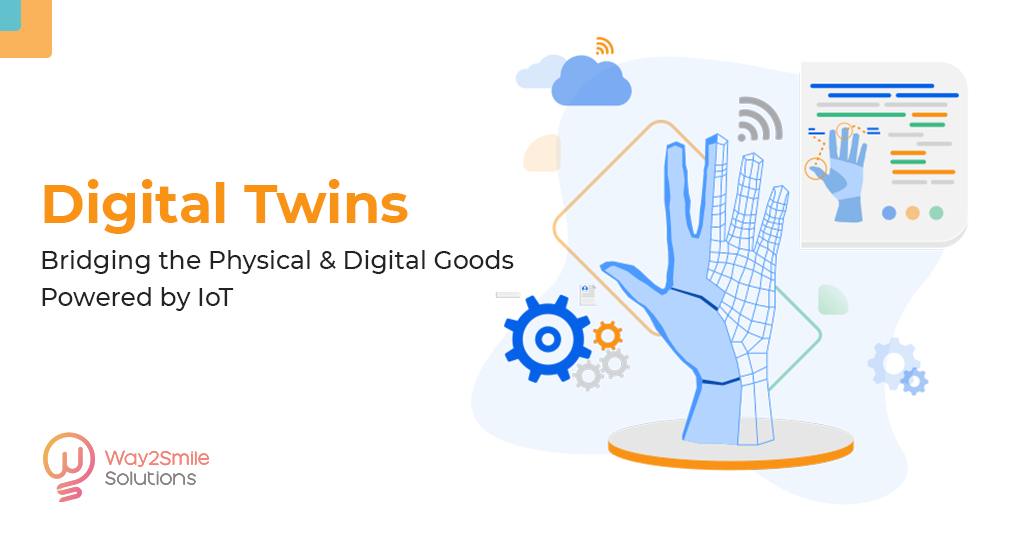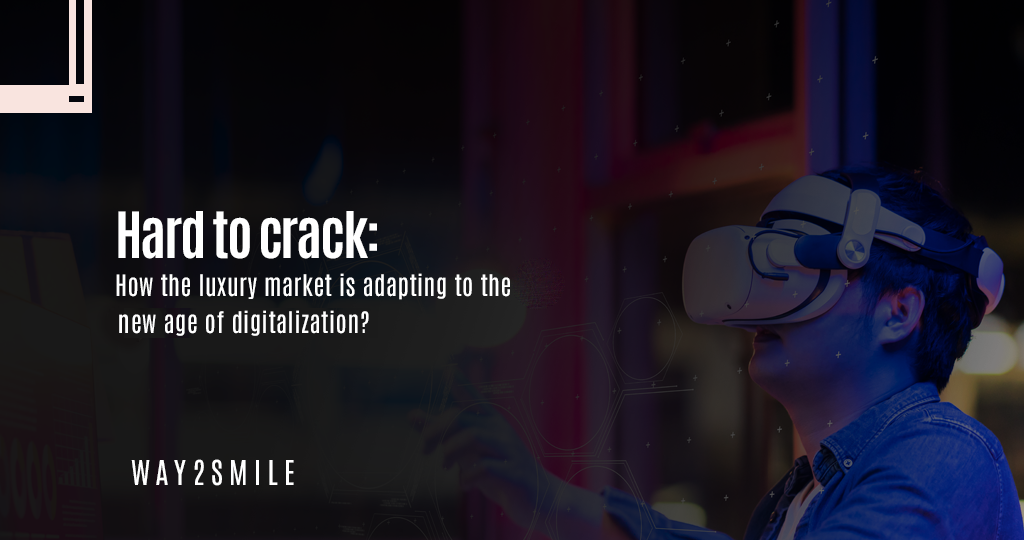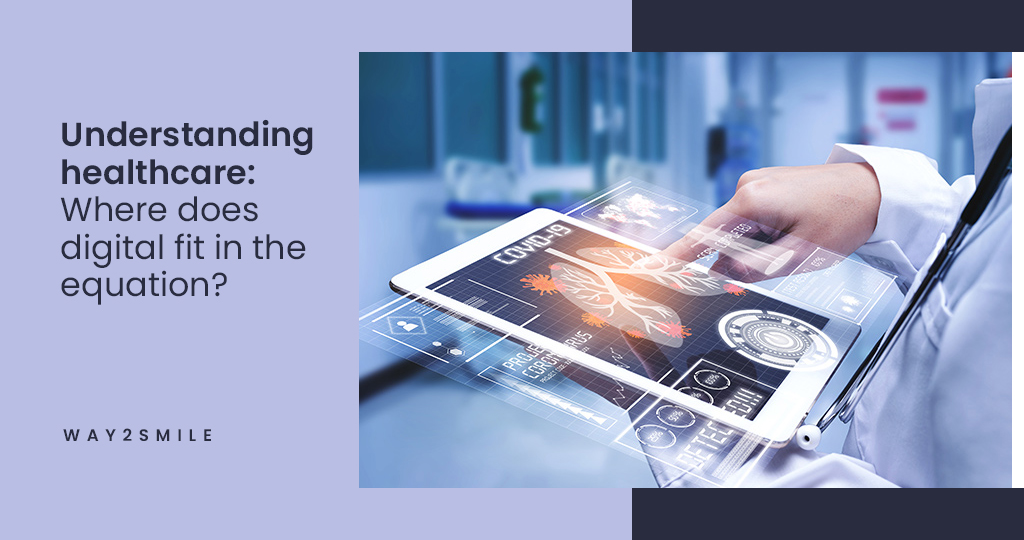-
Digital Twins emerge as invaluable tools, providing real-time insights for smarter and more informed decision-making in various industries.
-
From manufacturing optimizations to personalized healthcare treatments, Digital Twins showcase adaptability, influencing diverse industries.
-
The adoption of Digital Twins translates into concrete advantages, including faster product launches, enhanced product quality, and substantial revenue growth.
-
Witnessing a surge in demand, the Digital Twin market resonates strongly across manufacturing, healthcare, and automotive sectors, driving transformative change.
-
Digital Twins lead the charge in shaping the technological future, blending AI, IoT, and immersive technologies to redefine industry landscapes.
What is Digital-Twin Technology?
Digital Twin Technology is a groundbreaking concept that involves creating a virtual replica of a physical object, person, or process in a digital space. This digital representation, intricately linked to real-time data sources, mirrors the behavior and characteristics of its physical counterpart. Whether it's a product, production plant, or infrastructure, Digital Twin Technology enables organizations to simulate and understand real-world scenarios with precision. With a layer of behavioral insights derived from data, Digital Twins go beyond mere replication, forming an integral part of an enterprise metaverse. This immersive environment facilitates optimal decision-making, scenario planning, and simulations across various facets of an organization, driving agility and resilience.How Does Digital Twin Technology Work?
Digital Twin Technology operates by creating a virtual counterpart of a physical entity, leveraging real-time data integration and advanced modeling. The process begins with the development of a base digital twin, intricately linked to data sources and capable of reflecting the entity's behavior. As the physical object or process evolves, the digital twin updates accordingly, providing a dynamic and accurate representation. Behavioral insights and visualizations derived from data enhance the twin's capabilities. This interconnected digital representation allows organizations to optimize simulations, scenario planning, and decision-making, ultimately fostering a more agile and resilient operational environment.Types of Digital Twins
Digital Twins come in diverse forms, each tailored to replicate and enhance specific aspects of the physical world. Firstly, Product Twins simulate products throughout their life cycle, offering real-time data from conceptualization to functionality, exemplified by Google Maps as a digital twin of Earth's surface. Production Plant Twins include entire manufacturing facilities, optimizing processes, while Procurement and Supply Chain Twins, also known as Network Twins, streamline logistics. Infrastructure Twins focus on replicating physical structures like highways or buildings, providing insights into their operations. These variations empower organizations to gain a comprehensive understanding of their assets, processes, and systems. By categorizing and utilizing these diverse types of Digital Twins, organizations unlock the potential for improved efficiency, innovation, and informed decision-making across a spectrum of industries.Advantages and Benefits of Digital Twins
Digital Twins have emerged as a transformative force in modern business, offering virtual replicas of physical entities that revolutionize decision-making and innovation. The advantages and benefits of Digital Twins span various aspects of organizational operations, positioning businesses for increased efficiency and resilience.1. Reduced Time to Market:
- Enables rapid iterations and optimizations in product design.
- Accelerates innovation by eliminating the need for extensive physical prototyping.
2. Improved Product Quality:
- Identifies design flaws early in the manufacturing process.
- Enhances overall product quality by simulating the product throughout its lifecycle.
3. Environmental Sustainability:
- Optimizes material usage, reducing environmental waste.
- Contributes to sustainability goals by encouraging the efficient utilization of resources.
4. Increased Revenue:
- Facilitates immersive customer experiences, as seen in virtual test drives.
- Organizations leveraging customer twins report revenue increases of up to 10 percent.
5. Agile and Resilient Operations:
- C-suite technology executives recognize the potential, with 70 percent exploring and investing in Digital Twins.
- Enhances organizational agility and resilience by providing dynamic, real-time insights.
Digital Twin Market and Industries
The Digital Twin market is experiencing tremendous growth, with diverse industries recognizing the transformative potential of this technology. Sectors such as manufacturing deploy Product Twins for efficient production, reducing time and costs. Infrastructure-heavy industries utilize Digital Twins for comprehensive insights into construction projects and facility management. Healthcare industry utilizes Digital Twins for personalized patient treatments, while the automotive sector employs them for advanced vehicle design and testing. The energy industry benefits from improved asset management and predictive maintenance through Digital Twins. As the market expands, the integration of these virtual replicas spans domains, enhancing operational efficiency and decision-making across manufacturing, healthcare, automotive, energy, and beyond.Future of Digital-Twin Technology
The future of Digital Twin technology holds immense promise, ready to redefine industries and catalyze unprecedented advancements. As technology evolves, Digital Twins will become more sophisticated, integrating artificial intelligence and advanced analytics for enhanced predictive capabilities. Industries like healthcare will witness a surge in personalized medicine through patient-specific Digital Twins. The expansion of the Internet of Things (IoT) will further amplify the reach and functionality of Digital Twins, creating interconnected ecosystems, this indicates the rise of influence of IoT on business models. Additionally, a seamless integration of Virtual Reality (VR) and Augmented Reality (AR) will provide immersive experiences for better decision-making.How to get Started with Digital Twins?
Starting the Digital Twins journey requires a strategic approach for seamless integration and optimal results. Begin by assessing your organization's digital maturity, ensuring a robust data infrastructure capable of delivering reliable information. Establish a clear blueprint that outlines the types of Digital Twins to pursue, prioritizing their development based on value and reusability. The initial phase involves building the base Digital Twin over three to six months, focusing on core data products and visualizations. Subsequently, expand capabilities by adding layers of data and analytics to support new use cases. This iterative process, guided by a well-defined blueprint, allows organizations to harness the power of Digital Twins effectively, driving innovation and operational excellence.Wrapping Up
The Digital Twin market is experiencing tremendous growth, with industries ranging from manufacturing to healthcare recognizing its potential for efficiency and insights. As we look toward the future, Digital Twins are prepared to become even more sophisticated, integrating AI, advanced analytics, and immersive technologies like VR and AR. The collaborative potential of Digital Twins in driving innovation, sustainability, and resilience positions them as a cornerstone of the evolving digital landscape. At Way2Smile Solutions, a leading digital transformation company, we understand the importance of embracing cutting-edge technologies. We offer tailored solutions to help organizations kick start their journey with Digital Twin technology. Through our digital transformation strategies, we empower companies to harness the full potential of Digital Twins, driving innovation, operational excellence, and a competitive edge in the digital era.Frequently Asked Questions
1. What is digital-twin technology?
Digital-twin technology creates virtual replicas of physical objects or processes, linked to real-time data. It enhances understanding, decision-making, and simulations across various industries.
2. What is the definition of a digital twin?
A digital twin is a virtual representation of a physical entity, connected to live data, enabling simulations and insights for improved decision-making.
3. What are digital twin technologies?
Digital twin technologies include various tools and approaches to create and manage virtual replicas, integrating real-time data for dynamic simulations and analysis.
4. What are the benefits of digital twin technology?
Digital twin technology offers advantages like accelerated time to market, improved product quality, environmental sustainability, increased revenue, and enhanced decision-making through real-time insights.
5. Does digital twin use IoT?
Yes, digital twin technology often integrates with the Internet of Things (IoT), leveraging IoT data to enhance the accuracy and real-time capabilities of the virtual replica.
6. What are the types of digital twins?
Types of digital twins include product twins, production plant twins, infrastructure twins, and more, each replicating specific aspects of physical entities for comprehensive insights.
6. What is an example of a digital twin in manufacturing?
An example is using a digital twin to replicate and simulate a manufacturing plant's processes, optimizing production efficiency, and identifying potential improvements in real-time.
7. What are digital twin services?
Digital twin services encompass offerings related to creating, managing, and optimizing digital twins. This includes consulting, implementation, and ongoing support to maximize the technology's benefits.
8. What are the applications of digital twin technology?
Digital twin technology finds applications in diverse sectors such as manufacturing, healthcare, infrastructure, and energy, optimizing operations, facilitating innovation, and improving overall efficiency.







